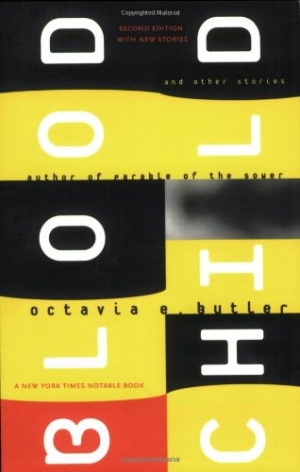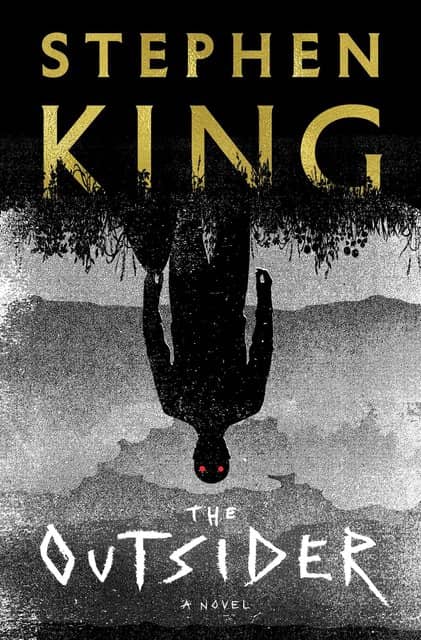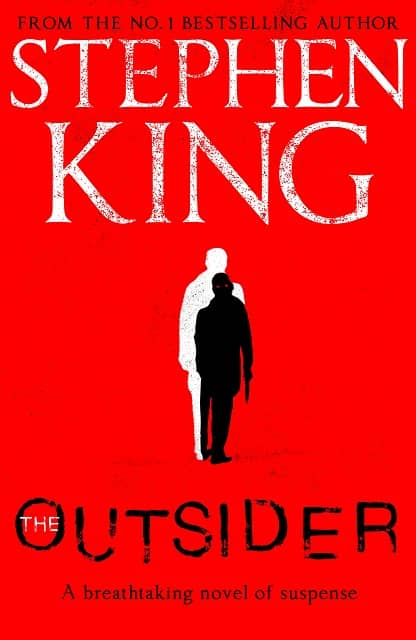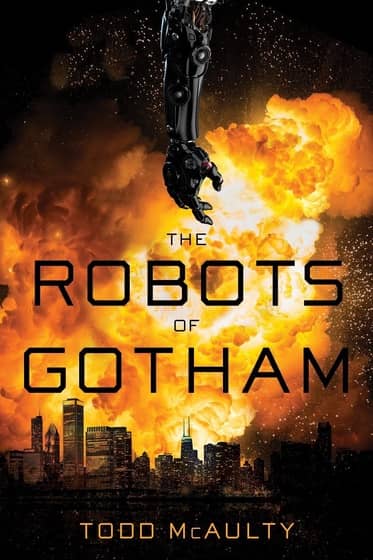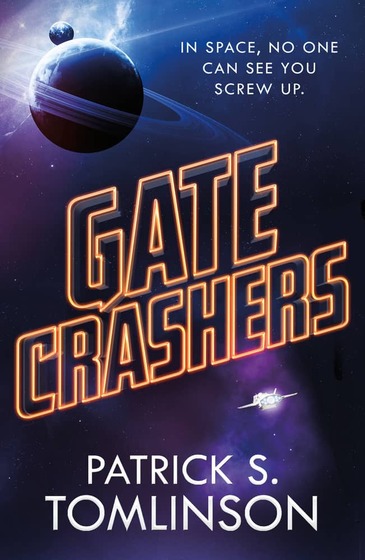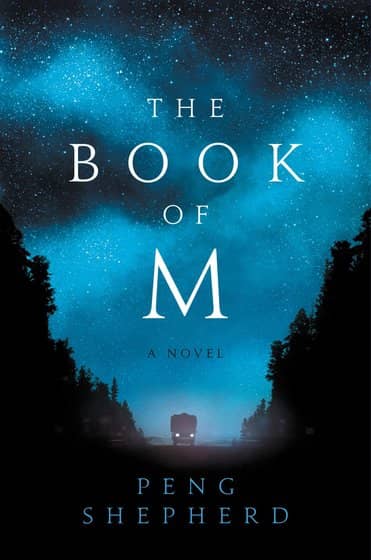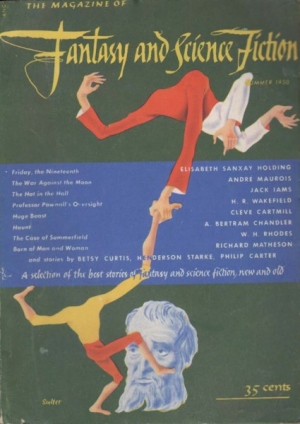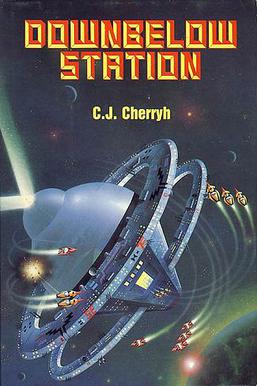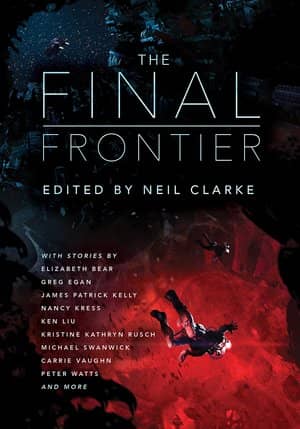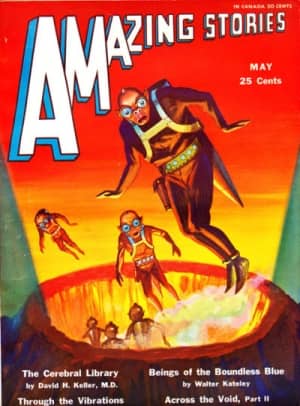Remakes And Do-overs
 There’s one thing that novelists, as a rule, don’t need to worry about and that’s having a remake done of one of their books. Sure, there are movie adaptations, but that’s not really the same thing.
There’s one thing that novelists, as a rule, don’t need to worry about and that’s having a remake done of one of their books. Sure, there are movie adaptations, but that’s not really the same thing.
Films and TV shows, on the other hand seem to get remade frequently. Often. All the time, even. Some more successfully than others. I’ve seen 5 different Hamlets, and that’s not counting live drama. Come to think of it, I’ve seen at least 3 Henry V’s. It’s actually expected that someone will make a new version, whether performed or filmed, of King Lear, or Romeo and Juliet, or Murder in the Cathedral.
An iconic character is a shoe-in for a remake – a few just keep re-and-reappearing. It would take some effort to figure out whether Tarzan or Sherlock Holmes has appeared in more films or TV series, or how many different actors have played these leads. Some are more successful than others, while some, especially in the case of Tarzan, aren’t successful at all. There are more recent Tarzans, but for many people the quintessential Lord of the Jungle is still Johnny Weissmuller, in the films of the 1930’s and early 40’s. That was certainly the only really successful movie series of the character.
